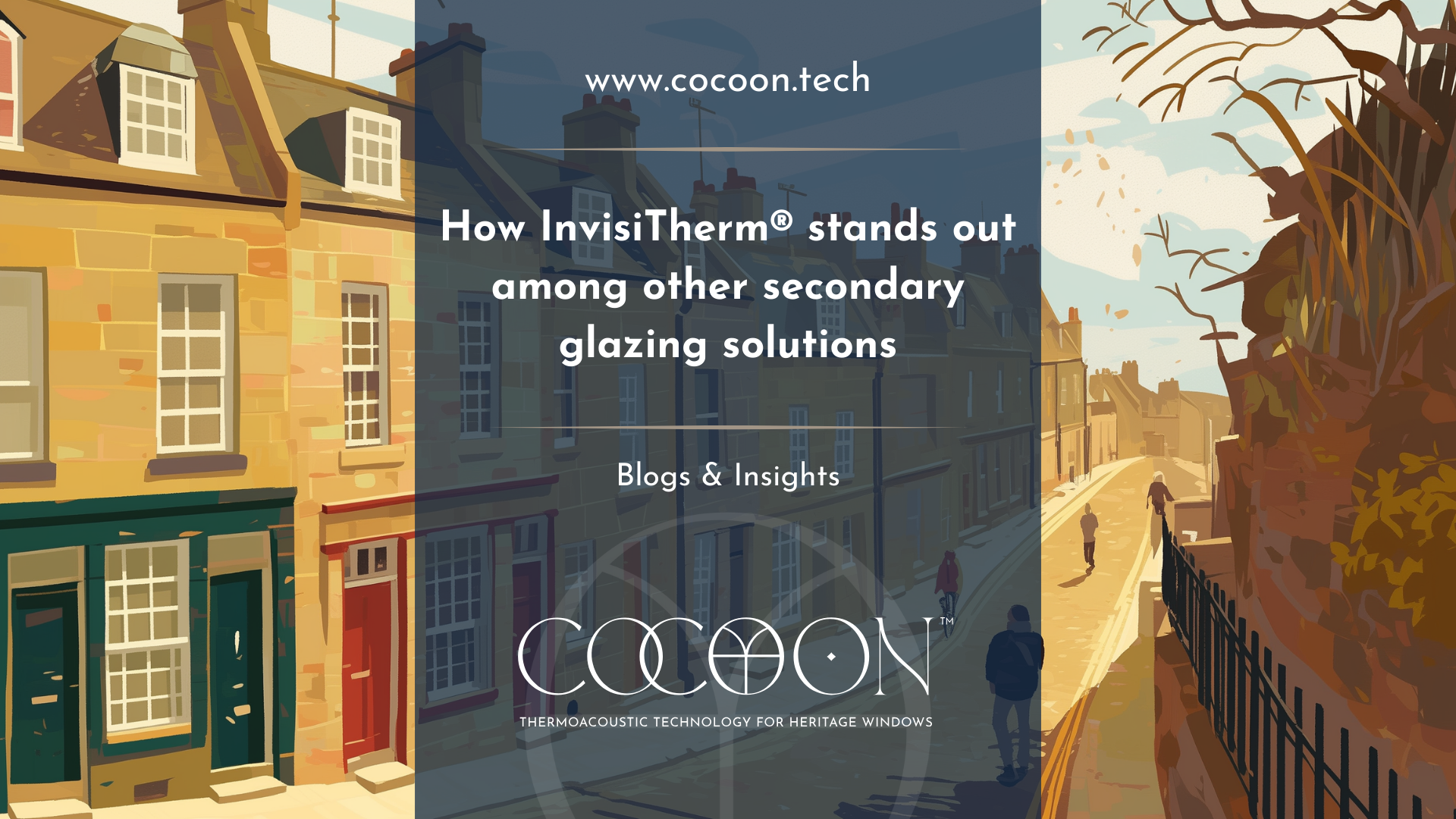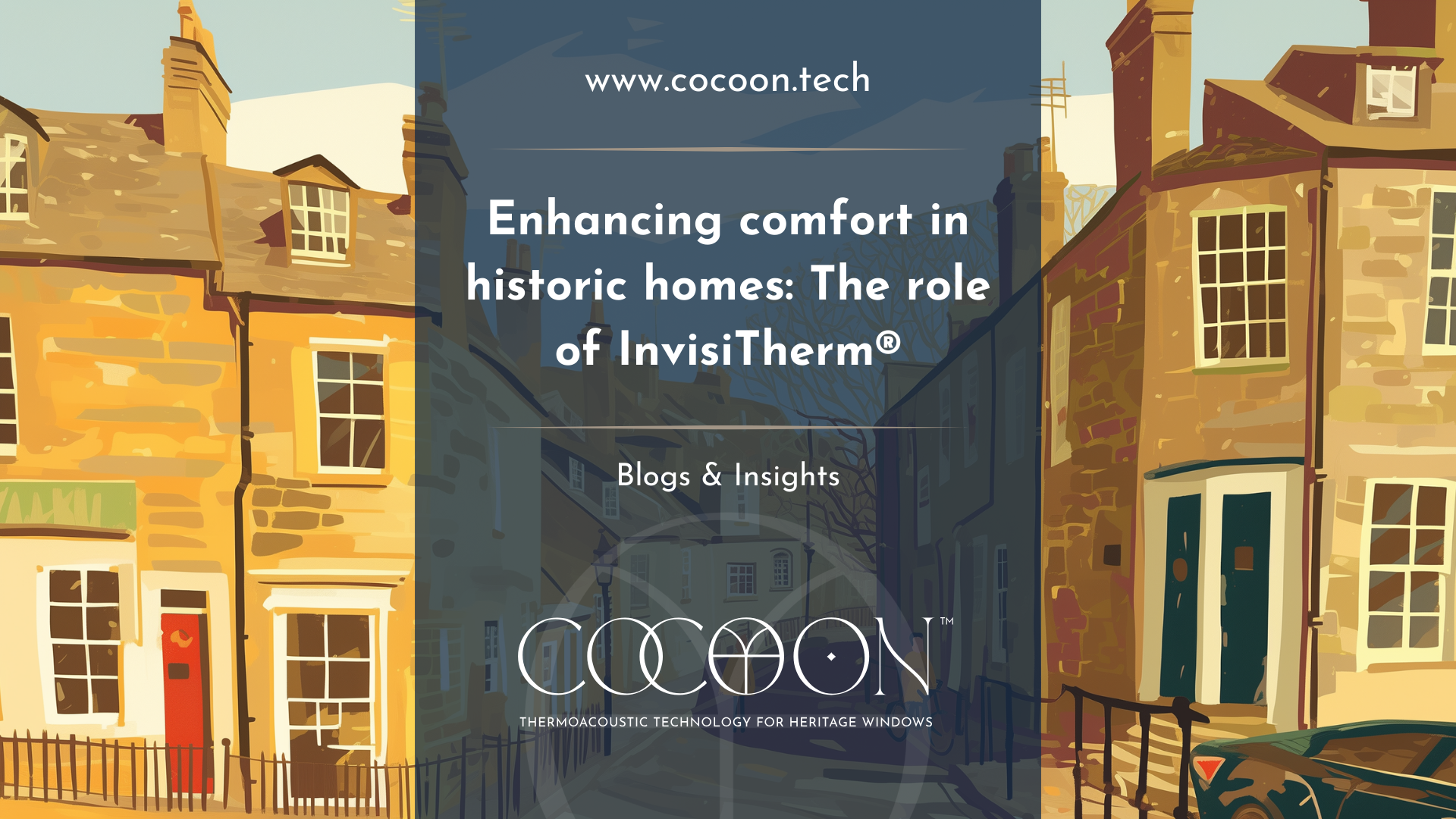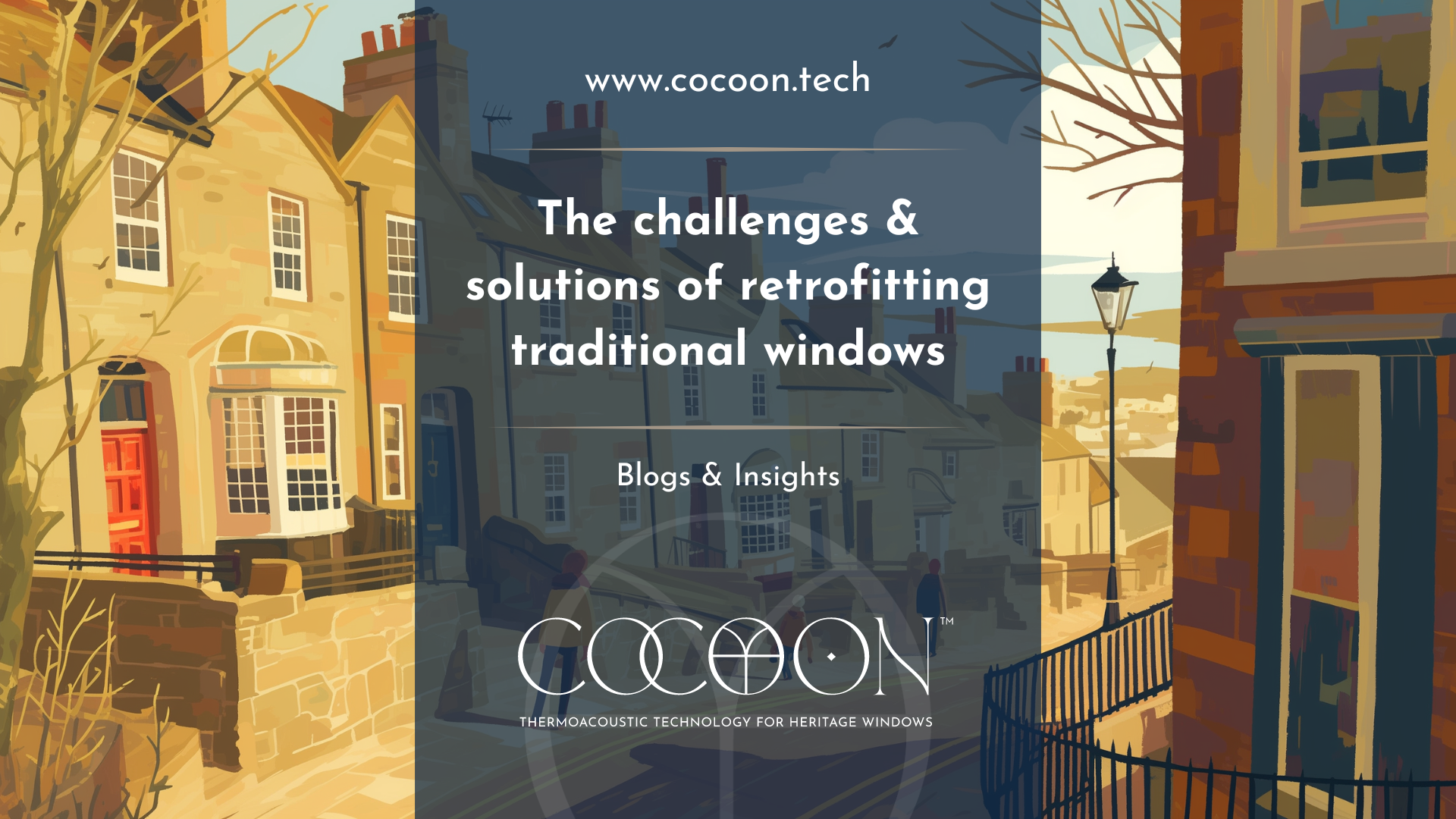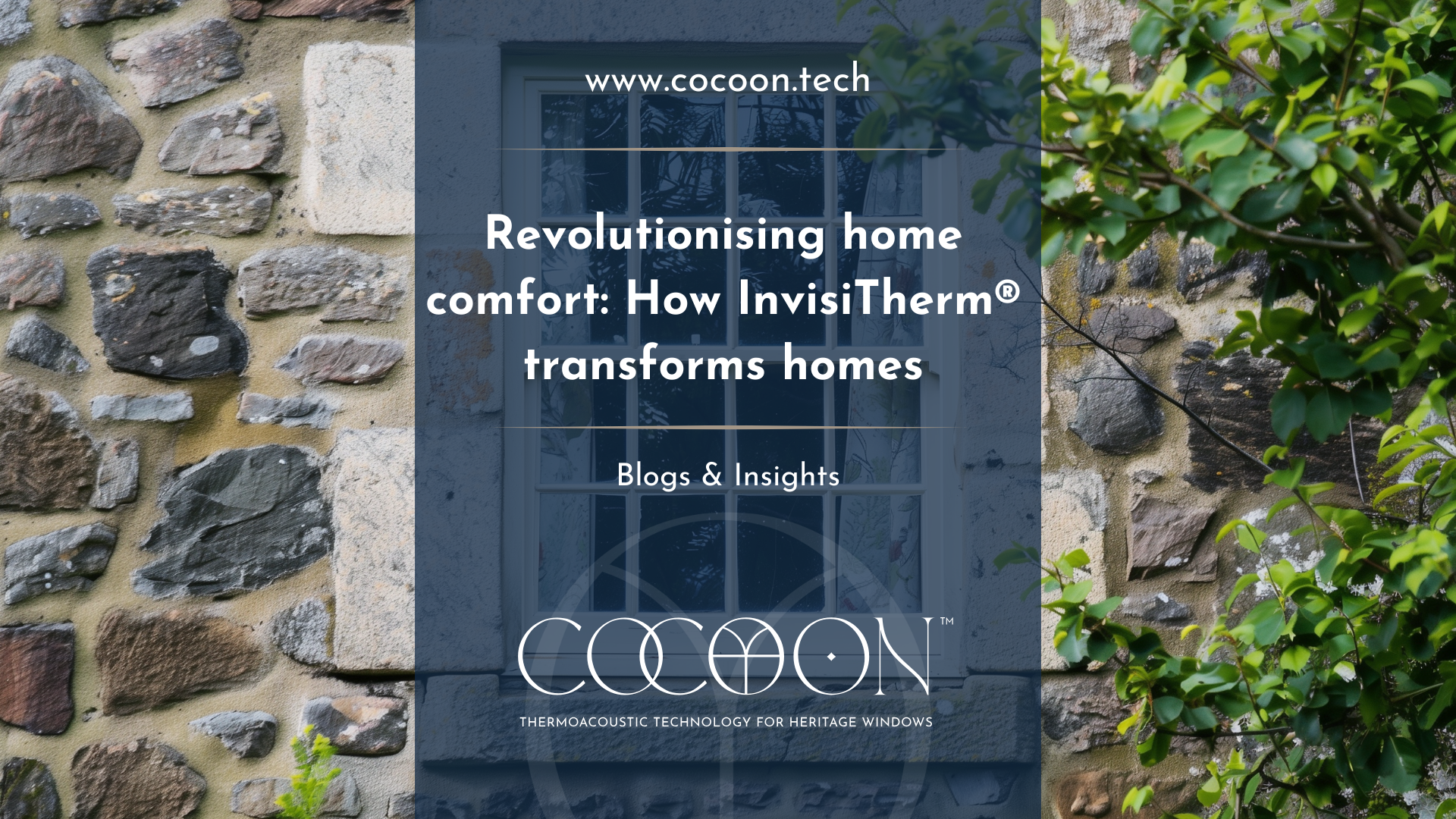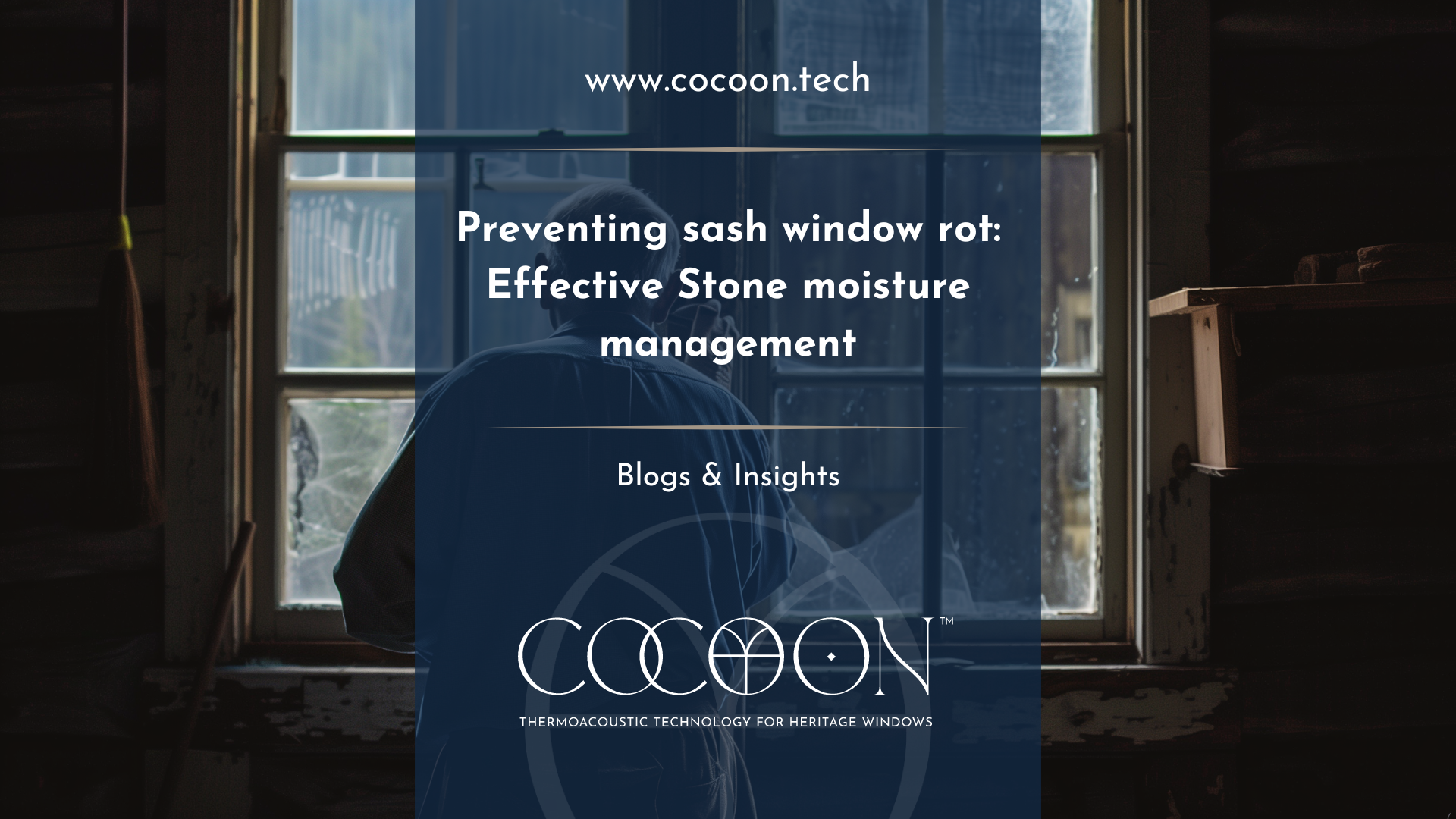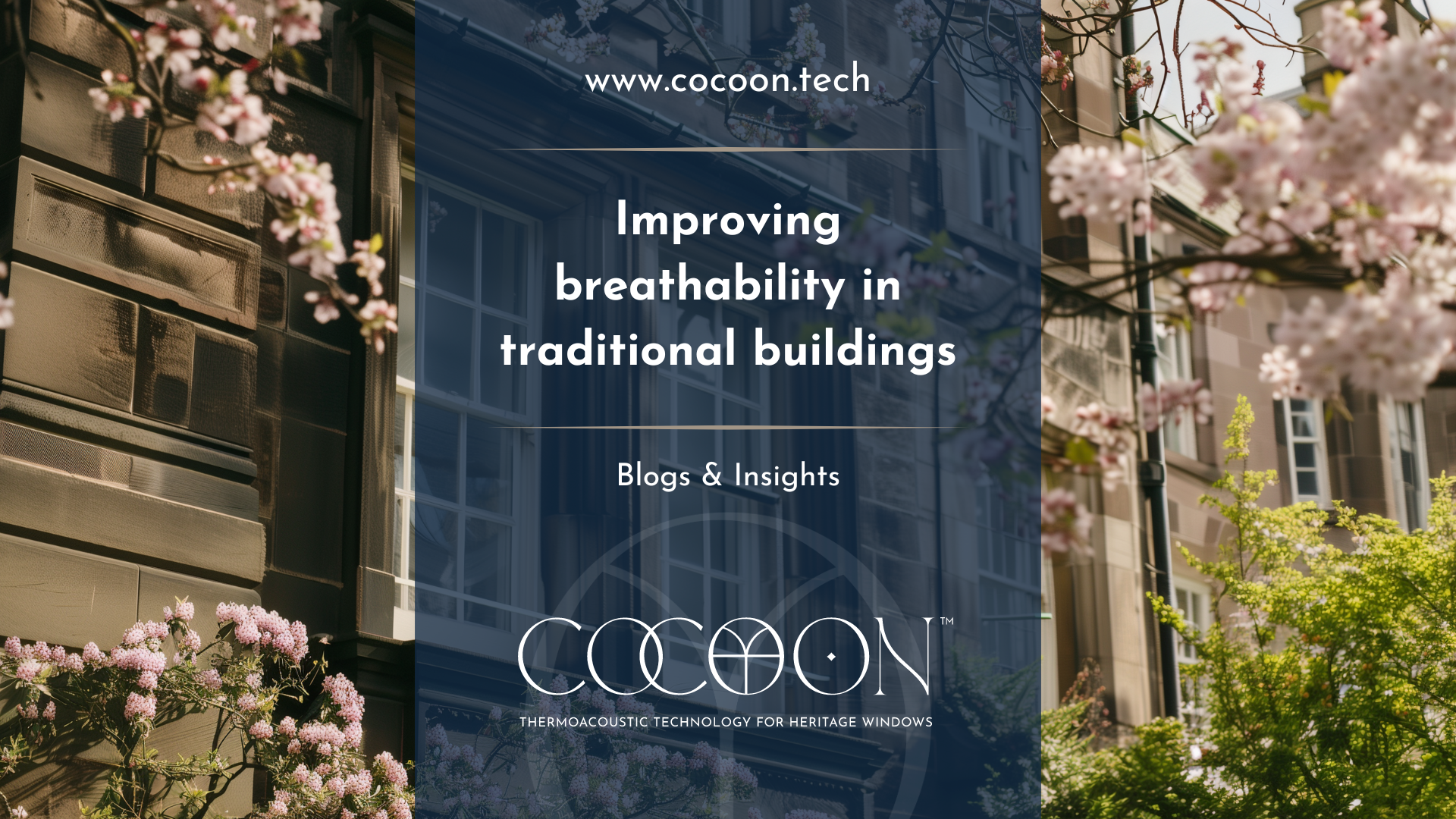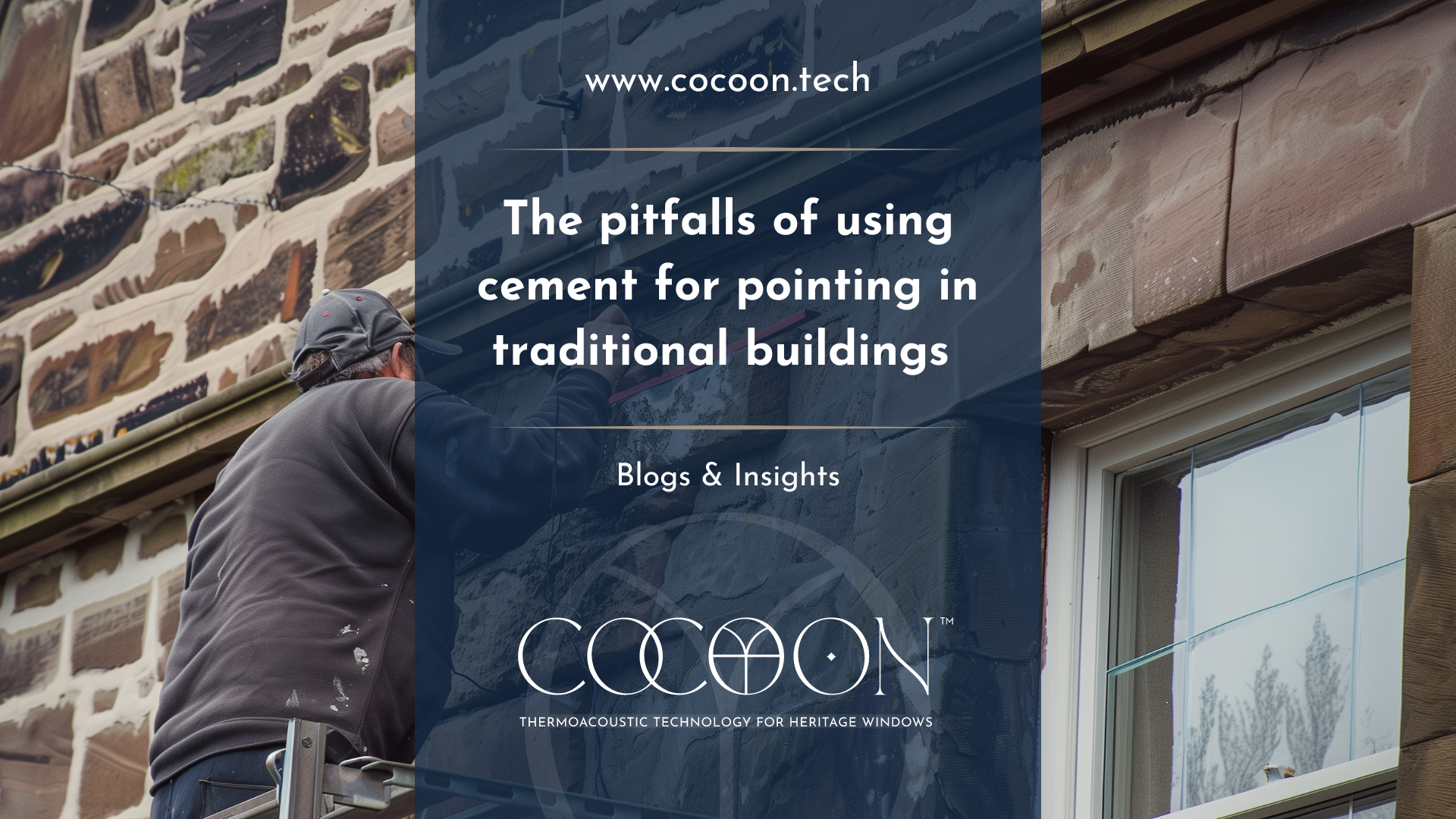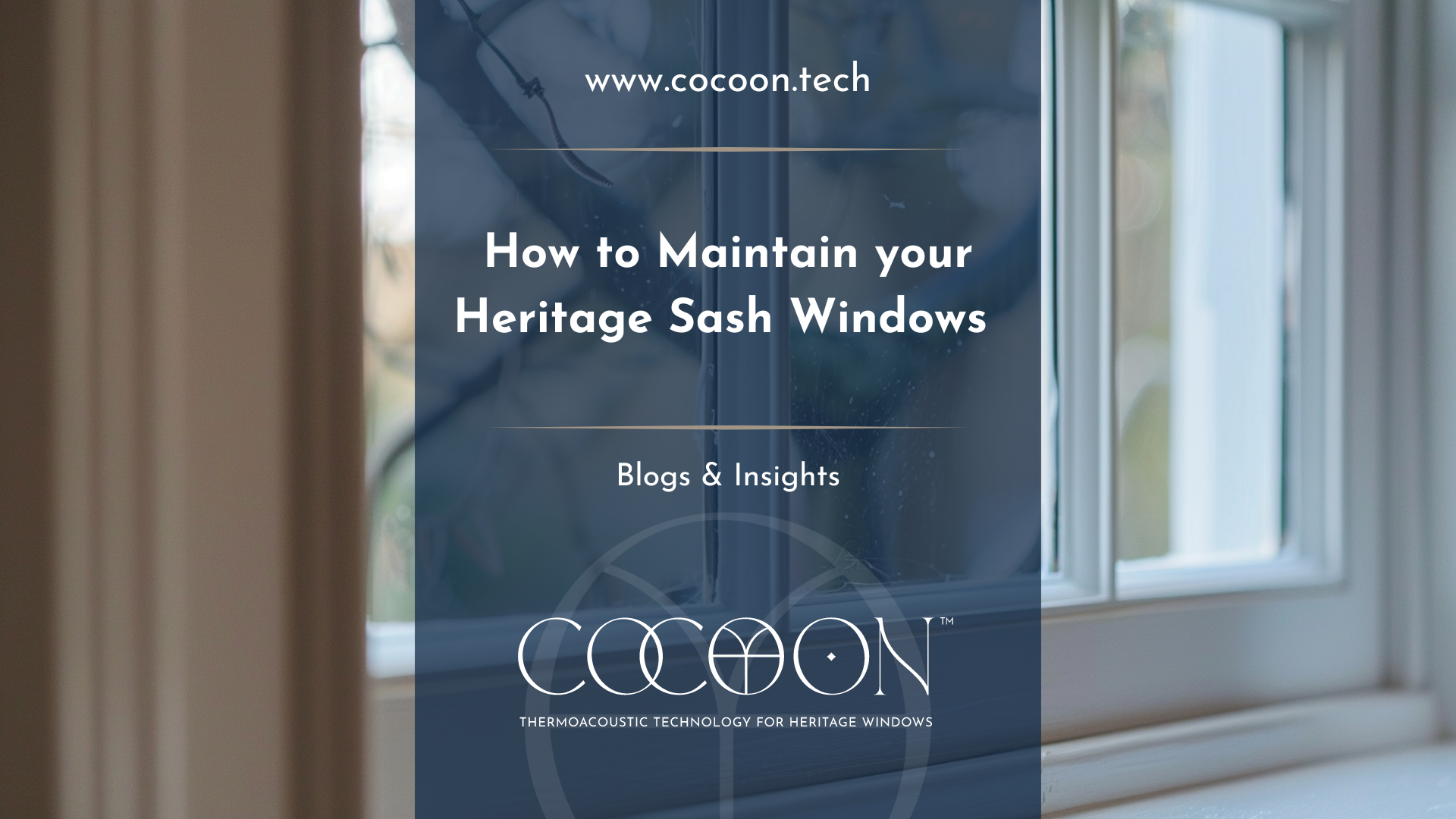Whats the definition of relative humidity?
What is the Definition of Relative Humidity

Understanding the concept of relative humidity is crucial for maintaining a comfortable, healthy indoor environment, especially in traditional buildings where preserving the integrity of the structure is essential. Relative humidity (RH) is a measure of the water vapour content in the air relative to what the air can hold at a given temperature. It's expressed as a percentage; the higher the percentage, the more water vapour the air contains relative to its capacity. This seemingly simple concept has profound implications for both the wellbeing of a building's occupants and the preservation of the building itself. Cocoon's innovative product, InvisiTherm®, offers a sophisticated solution to managing relative humidity, leveraging its water vapour permeable abilities to maintain optimal indoor conditions.
The Significance of Managing Relative Humidity
In environments where relative humidity is too high, condensation can form on surfaces, leading to mold growth, deterioration of building materials, and an overall decrease in indoor air quality. On the other hand, air that's too dry can lead to respiratory discomfort, irritation of skin and eyes, and can damage wooden structures and artwork by causing them to dry out and crack. In traditional buildings, managing relative humidity is even more critical. These structures often rely on the natural movement of air and moisture through their fabric to stay healthy. Modern interventions, such as sealing up buildings to improve energy efficiency, can disrupt these natural processes, leading to issues with moisture accumulation. This UK-based building science centre has multiple publications and articles on building preservation and moisture management in buildings.
InvisiTherm®: Tailored for Optimal Humidity Management
InvisiTherm® stands out as a particularly effective tool for managing the delicate balance of relative humidity in traditional buildings. It is a secondary glazing product designed to be water vapour permeable, which means it allows moisture in the air to pass through it. This characteristic is crucial for several reasons:
1. Preventing Condensation: By allowing moisture to move freely, InvisiTherm® helps prevent the buildup of condensation on window surfaces. This is particularly important in colder months when the temperature difference between the indoor and outdoor environments can make windows a prime site for condensation and subsequent mold growth.
2. Maintaining Building Health: The permeability of InvisiTherm® supports the 'breathable' nature of traditional construction materials, allowing the building to regulate moisture levels naturally. This prevents the accumulation of excess moisture within walls and other structural elements, safeguarding against damp-related decay.
3. Enhancing Occupant Comfort: By contributing to a balanced indoor humidity level, InvisiTherm® creates a more comfortable living environment. Adequate humidity levels are essential for human health, contributing to better respiratory conditions and general wellbeing.
The Advantages of Water Vapour Permeability
The water vapour permeable abilities of InvisiTherm® offer tangible benefits for traditional buildings. This feature means that while the system enhances the thermal insulation of the windows, it does not compromise the necessary exchange of air and moisture. The result is a win-win: improved energy efficiency and a healthier building fabric. Additionally, the discreet nature of the InvisiTherm® installation ensures that the aesthetic and historical integrity of the building is preserved, making it an ideal choice for heritage properties.
Why Choose InvisiTherm®?
Opting for InvisiTherm® brings numerous advantages to traditional building owners concerned about relative humidity and its effects. Firstly, it addresses the common challenge of upgrading the performance of historic windows without compromising their character or the building's overall authenticity. Secondly, it offers a sustainable way to enhance comfort and reduce energy consumption, aligning with broader environmental goals. In summary, understanding and managing relative humidity is essential for the health of both the building and its occupants. For owners of traditional buildings, the challenge is to achieve this balance without compromising the structure's integrity or historical value. InvisiTherm® provides a solution that respects the unique needs of these buildings, offering a modern approach to a timeless challenge. Its water vapour permeable properties ensure that while buildings are made more energy-efficient and comfortable, they remain healthy and true to their heritage. In an era where the conservation of historic buildings is more important than ever, InvisiTherm® represents a significant step forward in sustainable, sympathetic building care.


